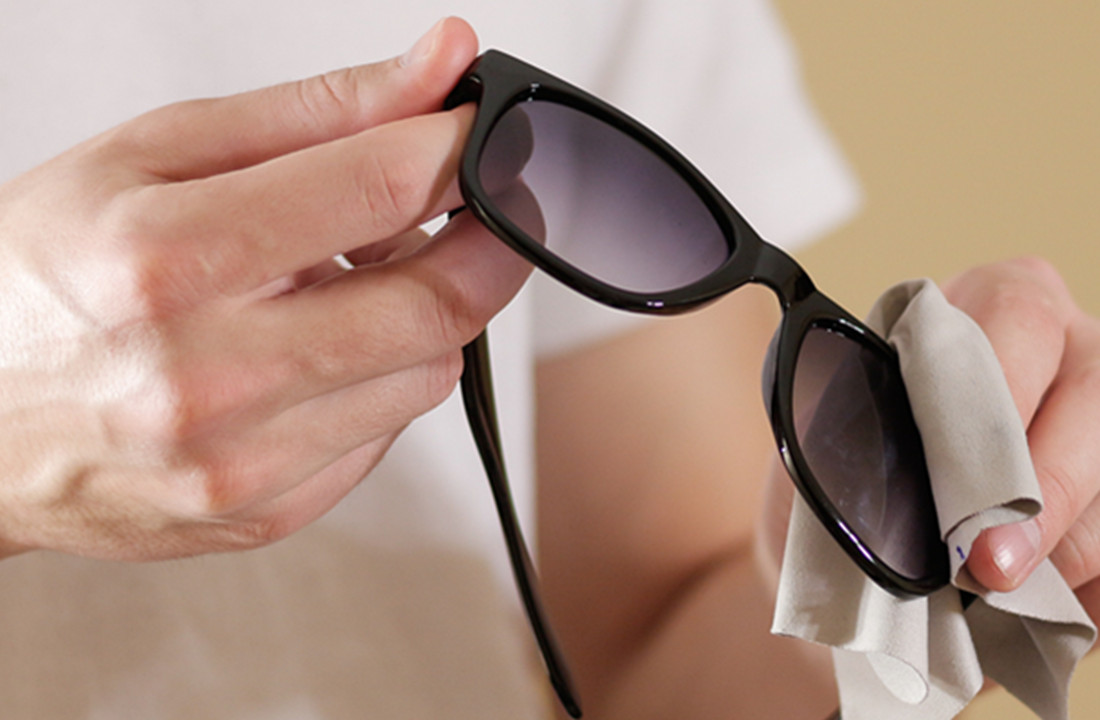Sunglasses protect our eyes from harmful UVB and UVA rays as well as other environmental elements that may damage them; they also make it possible for us to see objects that would otherwise be too bright or even invisible to the naked eye.
When you first purchase your sunglasses, look for a case made specifically for protecting glasses. These cases usually have a drawstring on top, which can be useful when keeping your sunglasses in a backpack or another closed container. Sunglass cases also protect against dust and scratches that may damage the glasses.

If you prefer to carry your sunglasses in a purse, pocket, etc., make sure to keep them from getting scratched by any other objects in there. Sunglasses should always go in their own case if they are being carried elsewhere since making contact with other hard surfaces can lead to chips or cracks that weaken the lenses. Sunglasses packed together with other items run the risk of scratching each other as well!
Once we take our sunglasses out of their case, whether it is for use or storage, we must remember not to grab them by their arms: this will bend and weaken them. Sunglasses should be held by the nose bridge, the arms or the earpieces.
If your sunglasses have lenses made of plastic, you should never set them down on any surface without protecting them in some way. You can buy lens protectors at your local optical shop; these typically come attached to a keychain for easy access when needed. Plastic lenses can also scratch much easier than glass ones. Sunglasses with plastic lenses are great for outdoor use because they are lightweight and shatterproof; however, do not go into the water while wearing them or else they may become permanently foggy.
Glass lenses should always be treated gently and protected against breakage because even if they do not crack, their clarity will become distorted. Sunglasses with glass lenses are more expensive, but they are stronger and safer to use in water.


